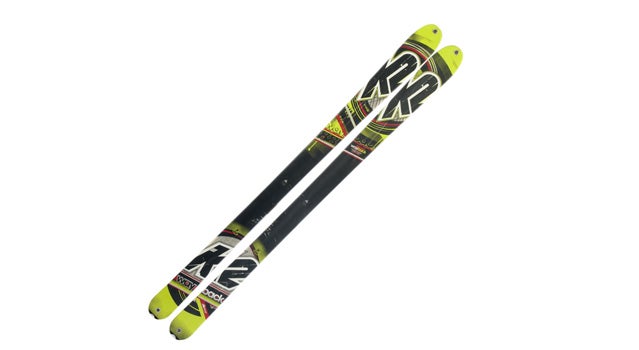K2 WayBack
A mash-up of carbon fiber, aspen, bamboo, and Paulownia wood make this ski lightweight and versatile for the backcountry. A fat tip and an all-terrain rocker shape give the control and predictability in everything from powder to crud. Plus, K2 built the Wayback with backcountry-only touches like flat tails, concave notches for skin clips, and holes in the tip and tail for rigging a rescue sled.
Scarpa Maestrale
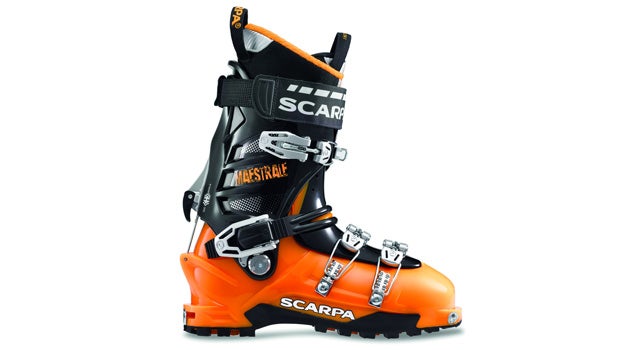
Scarpa advertises the Dynafit-compatible as the world’s lightest four-buckle alpine touring boot. At less than 3.5 pounds per boot, they’re less work on the hike up, and they’re burly enough to turn big skis in deep snow on the way back down, making them a favorite of ‘s Lou Dawson. Plus, with a high-volume forefoot they’re perfect for skiers who need more wiggle room in the toes.
Dynafit TLT 5 Performance TF
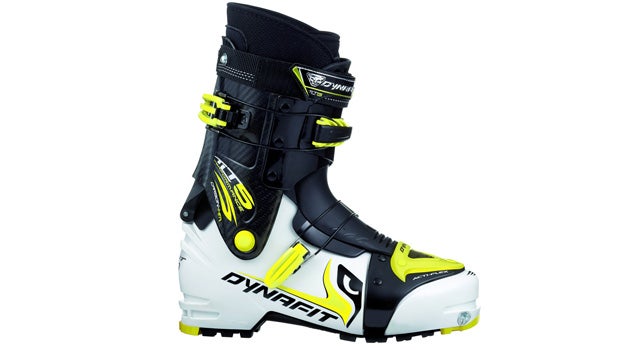
Dynafit’s ultra-light is the ultimate option for skiers who put as much emphasis on the up as they do the down. At just over two pounds per boot, they’re flexible and fast in the walk mode, thanks in part to a rockered sole. A pair of buckles on each boot and carbon-fiber cuffs provide enough support for serious descents after a run uphill with your skins. Caveats? They’re not cheap.
Marker Duke

Stout, alpine-influenced sidecountry bindings with a free-heel function for climbingÔÇöthat’s the in a nutshell. This high-performing binding can clamp on for the biggest runs (DIN tops out at 16) and can switch to a hinged hike mode for skinning up the bowl. Marker made the Duke’s chassis specifically for wider skis, and the company says the bindings are among the best at transferring power from boots to ski for initiating fast turns on hardpack.
Dynafit TLT Vertical FT
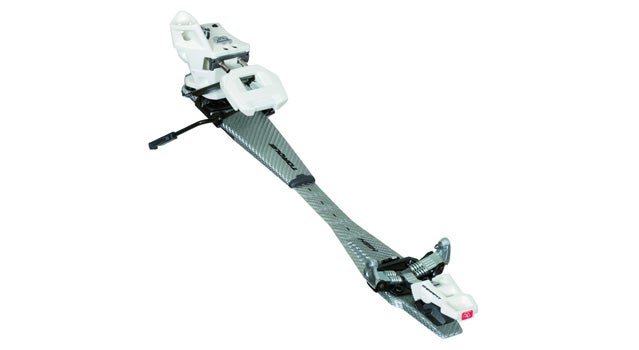
Light, efficient, and as good in most applications on the uphill as the down, line is among the most popular in the backcountry. The Vertical FT model is sold as lightweight freeride-touring bindings, and they include stout torsional resistance and a DIN setting up to 12.
K2 LockJaw
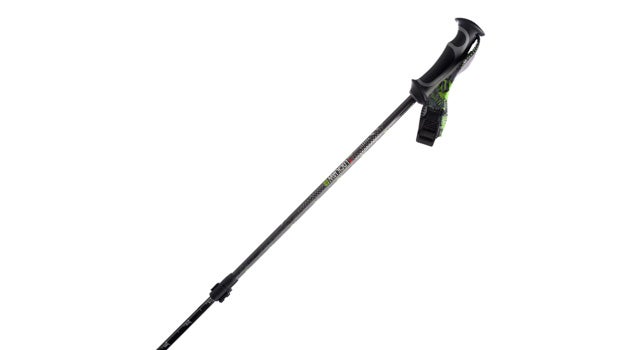
With no shortage of bells and whistles, the carbon pole is a versatile backcountry poker. Its length can be easily adjusted, a bubble-vial inclinometer on the handle makes gauging slope angle a cinch, and a snow-depth ruler offers a tool for measuring layers in a snowpack. Even better, the poles can be connected to build a 196-centimeter-long avalanche probe for snowpack searches in an emergency.
Ortovox 3

“Simple, not too expensive, one battery. . . this is among the most popular beacons selling this year,” says TetonAT’s Steve Romeo. He likes the for its simplicity and effectiveness; there’s a clear circular display with an arrow icon for searches. The interface shows your distance from and position to an avalanche victim. If you’re caught in a slide, Ortovox says this unit’s intelligent position-recognition system can sense how you’re buried and optimize antenna-signal output to let searchers analyze and find your position on the fly.
Black Diamond GlideLite Mohair Mix STS
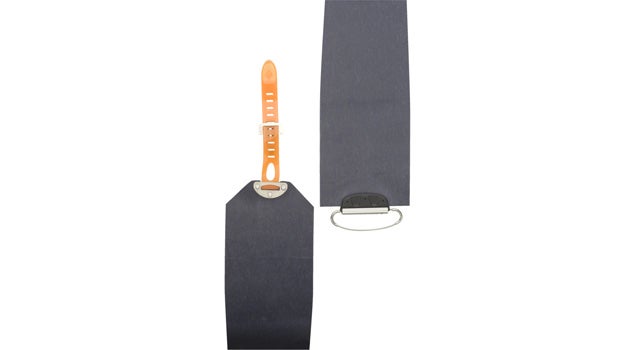
Made to be thinner and more supple than comparable skins, the are lighter and easier to pack than the company’s popular Ascension skins. On the skis, the mixed hair underneathÔÇö65% mohair, 35% nylonÔÇögives optimal grip as you’re chugging uphill for a few thousand feet of vert. Dawson, of WildSnow, also likes ($206), which feature a glue-less design that suctions on to ski bases. “They do not snag to your fleece jacket or make a mess like regular skins can,” Dawson says.
Black Diamond Avalung II Sling
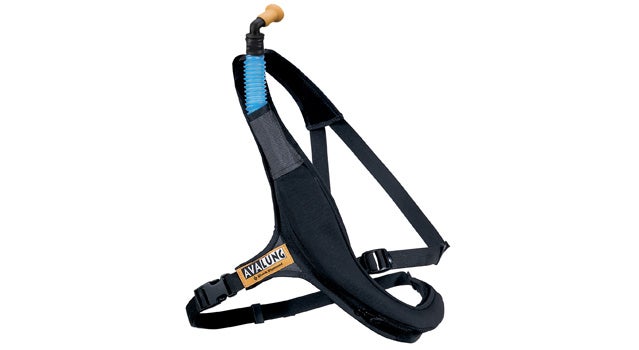
Breathe even if you’re buried. That’s the promise of products, which offer snorkel-like mouth valves and a lung mechanism that can pull air from dense snow. “I usually put the AvaLung valve in my mouth when testing a slope in case I get knocked over and buried,” Dawson says. Black Diamond sells several backpack models with the AvaLung feature built-in. The AvaLung II Sling, featured here, weighs about 9 ounces and fits over a jacket for an emergency breathing option in a worst-case burial scenarios.
Mammut Ride R.A.S.
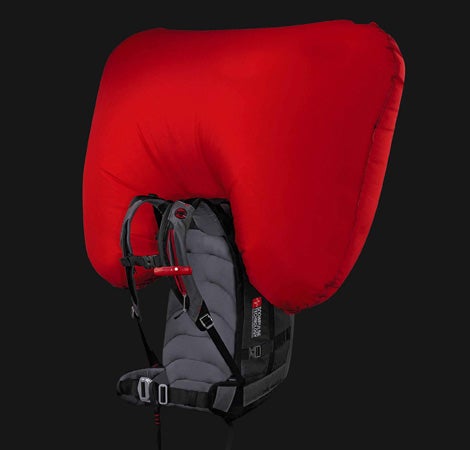
An avalanche pack lets you pull a ripcord to trigger an airbag if you’re caught in a slide. In an instant, a huge pillow of air inflates that helps keep you on top of avalanching snowÔÇödecreasing your chances of getting sucked into a mess of ice and rocks.The from Mammut, one of many options now on the market, employs a removable airbag system from Snowpulse for backcountry skiers in search of that extra safety edge.

